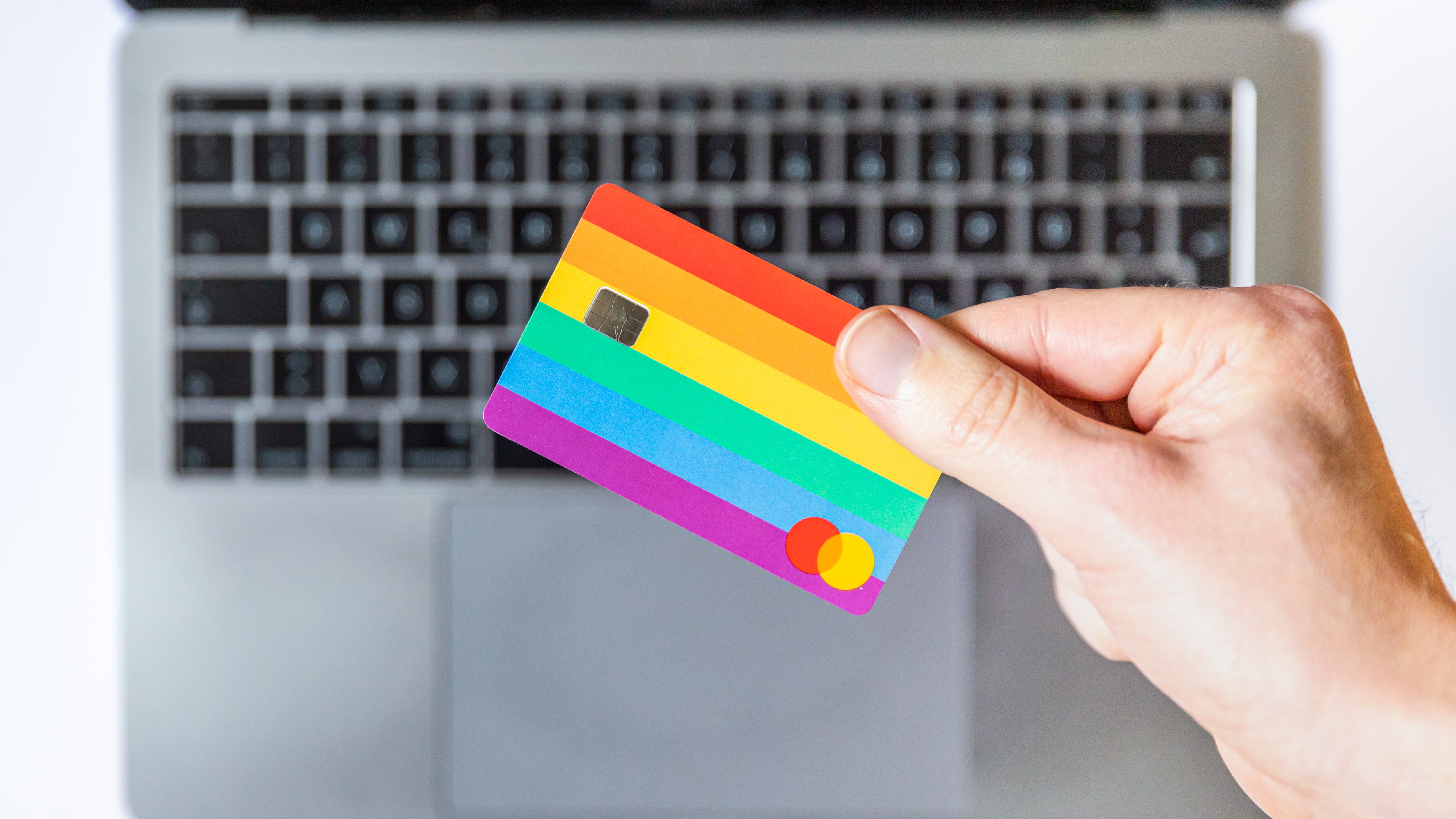To any visitor, America during Pride Month is truly a sight to behold. The cities are, quite literally, painted rainbow — stores triumphing pride flags, billboards touting colorful logos, streets feverishly striped in flamboyant shades. As a meek traveler setting foot on JFK Airport for the first time, I felt as though I had been transported to an alien planet.
It wasn’t long before I was warned that such colorful apparitions are a symptom of Rainbow Capitalism. The term, usually insinuating problematic intentions and consequences, refers to the phenomenon whereby brands incorporate queer appeal into their image in order to seem inclusive and welcoming of the LGBTQ community. Viewed through this critical lens, Rainbow Capitalism is the disingenuous effort to tap into the purchasing power of LGBTQ consumers.
Disney, for example, tweeted about its inclusivity at the start of Pride only months after calling off the production of its first LGBTQ-led animated film. Many viewed this cancellation as a failure to commit to true queer representation. Similarly, PayPal adopted a rainbow logo on social media despite not allowing its transgender users to change their birth name and gender on their accounts. The company came under fire for its attempt to celebrate Pride without first rectifying this discriminatory policy.
Upon hearing about such instances, I tried to see through the rainbow as nothing more than a halfhearted month-long marketing ploy. However, I could not help but feel that there is an intrinsic value in rainbow logos and storefronts that these critics take for granted. Sure, I agree that, at best, these efforts are shallow and short-lived, and at worst, they are hypocritical and appropriating. Still, I would feel oddly entitled to be so quick to dismiss the show of solidarity as a universally detrimental gesture.
Two years ago, as my family bustled through the streets of New York, we came across a large poster ad. It read, “I Adore My LGBTQ Kid.” My mom, who was vaguely aware that I am queer, though had never acknowledged it, gave those words a long, hard stare. Although she never spoke about what she saw, I could tell that a foreign realization had occurred to her: A world bigger than her own had recognized a part of her child she had not. For me, it was immeasurably gratifying.
Upon passing by the same ad, some queer New Yorker would probably discount the ad as a clever facade designed to lure in “woke” customers. Instead, my mind quickly fantasized about what would happen if this poster was not adorning a liberal street in New York but the street on my way to school, in my hometown of Bangkok, Thailand. I imagined the shock of parents who do not think it was possible, let alone celebrated, to adore their LGBTQ kid.
There are still many, many parts of the world, like my native land, where not a single rainbow will be seen during Pride Month. Where rainbows exist, it is easy to accuse them of mercenary, corporate deceit. It is harder to recognize that the very ability to make this complaint is a privilege of Western (and usually upper-class) critics for whom LGBTQ support already exists in relative strength. In order to demand consistent and sincere support, a community must first have support, period. This privilege is not shared by many others.
For example, 86% of countries in the world have not legalized same-sex marriage. Eighty-nine percent of countries do not legally recognize a transgender person’s gender identity. These numbers illustrate how the work of Western activists is predicated on progress that is rather anomalous compared to the rest of the world. Concerns against Rainbow Capitalism, though valid, do not reflect the priorities of most LGBTQ people, who are embattled in fights for much more fundamental rights.
With the LGBTQ community so sparsely supported across the globe, first steps still need to be taken in many places. That is why we should not overlook the ripple of solidarity, visibility and conversation that public statements and Pride paraphernalia can bring to some queer people, for whom LGBTQ celebration is not the norm — for whom, a splash of rainbow may be the only color they see during a lusterless month.
If an app changing color is enough to bolster the hope of a gay boy in the Middle East or a trans woman in South America, that is a small win that we should first accept, rather than shun completely. I doubt that many queer communities have the luxury of being selective about the support they choose to receive.
Once again, I am not refuting the very valid argument that these establishments should dive beyond surface-level stunts and strive for tangible changes and consistent commitments. I am not advocating that we should ultimately settle for less because, clearly, these purported allies have the capacity to actuate so much more support through donation, employment, and legislation.
Instead, all I hope for is that we be mindful that the fight for LGBTQ rights is not yet at a geographically level playing field. We should recognize that steps taken in the right direction look different in some places than others. Neglecting these nuances in order to conform to the standards of Western activism may, in one way or another, jeopardize the infancy of progress for others. Rather than intimidating activists and allies worldwide out of making early efforts for reform, I believe we should accept — even take pride in — whatever rainbow victories we can achieve for now.
Photo by Paul Felberbauer is licensed under the Unsplash License.



